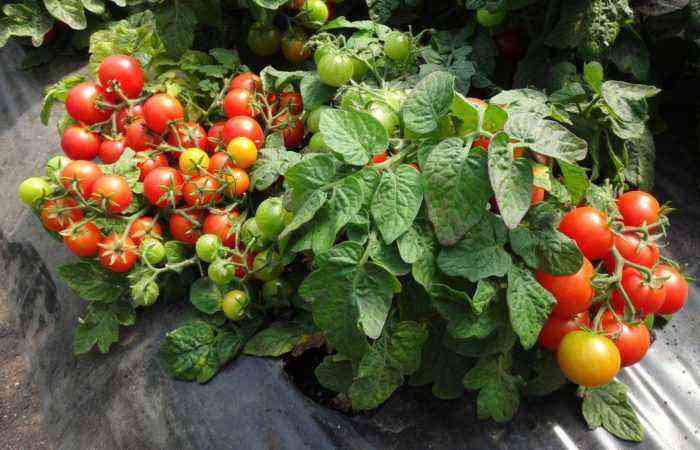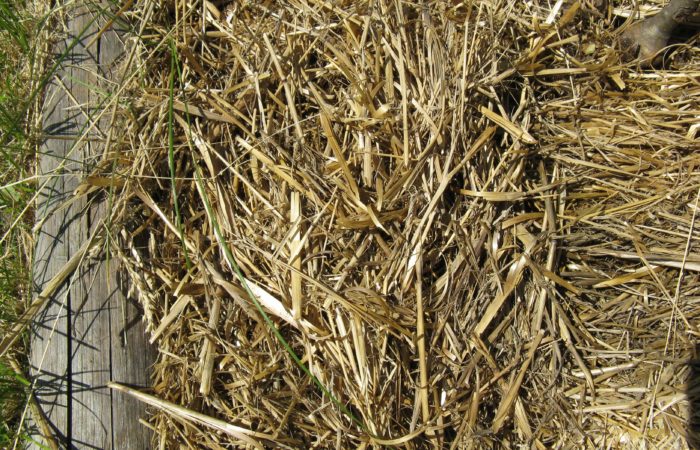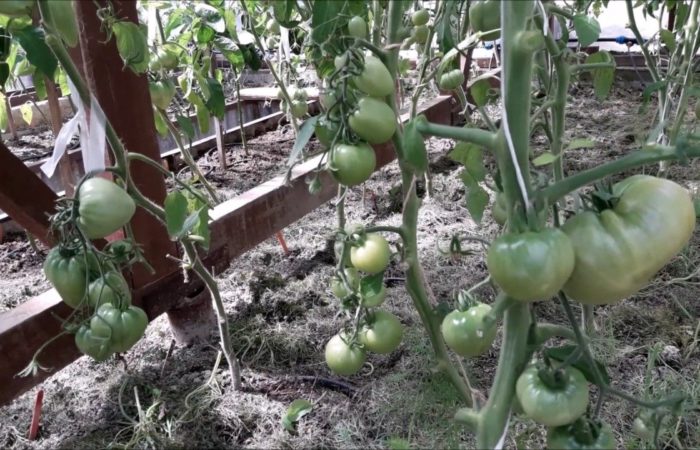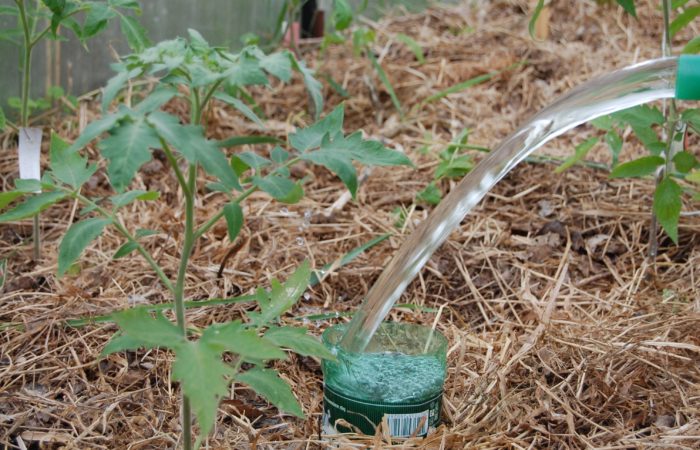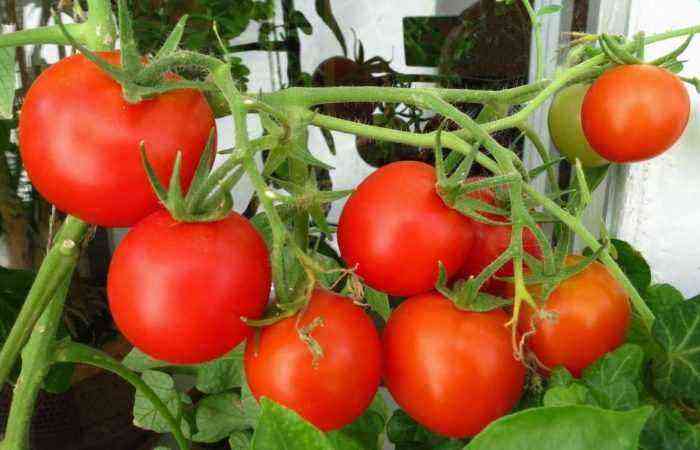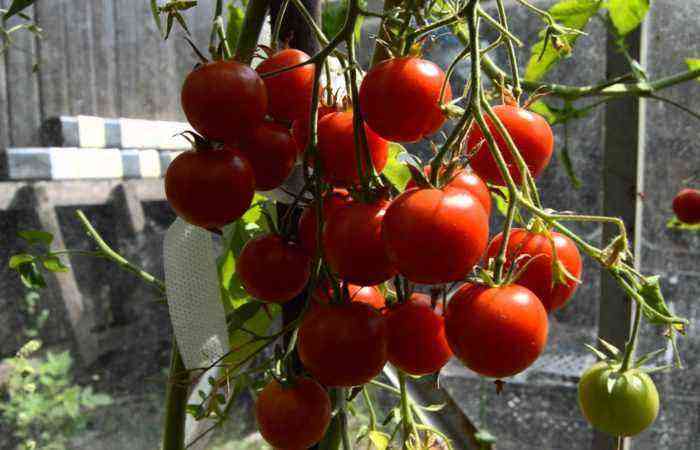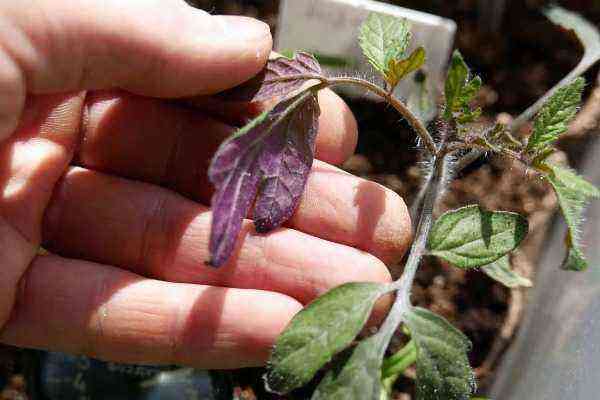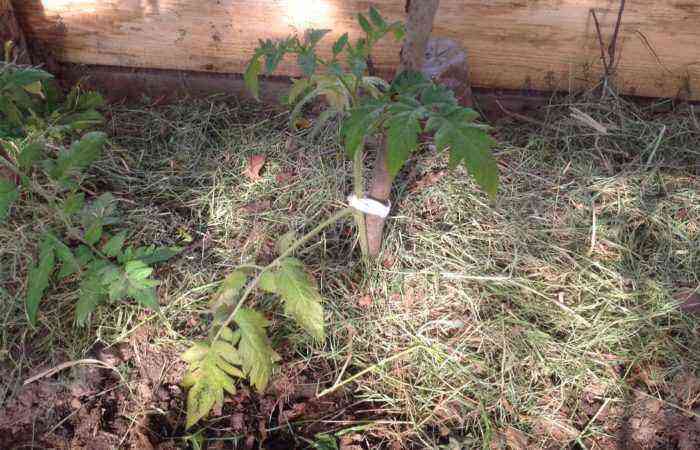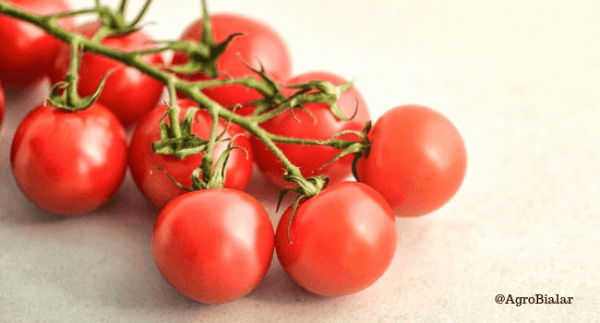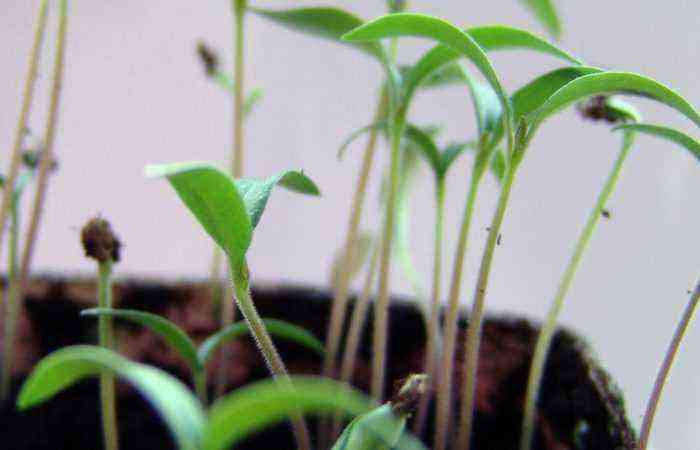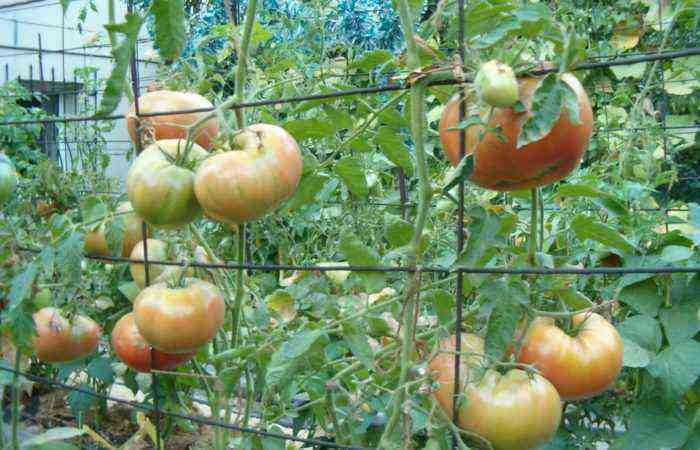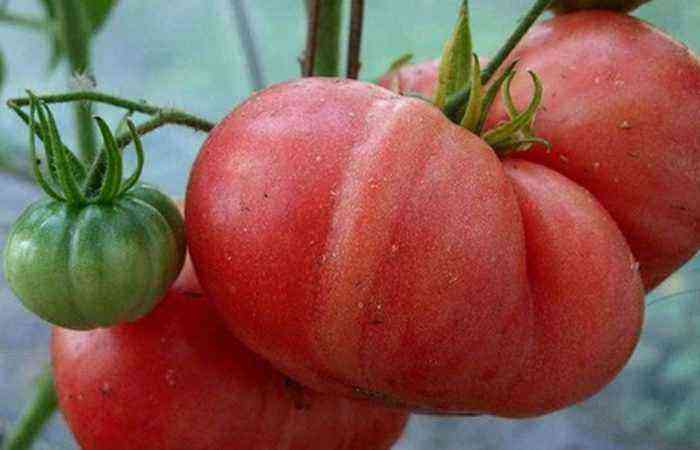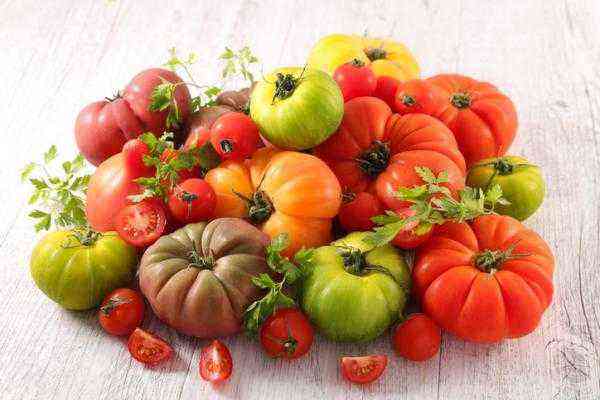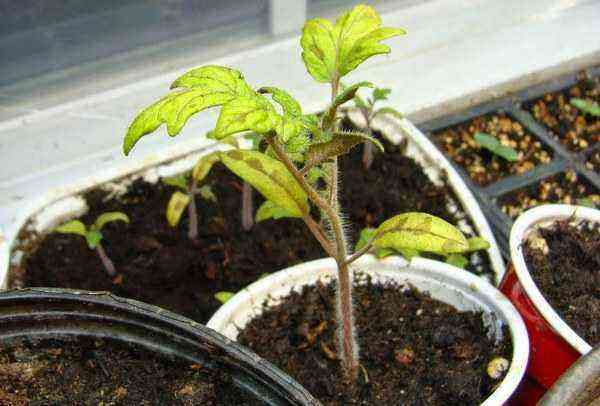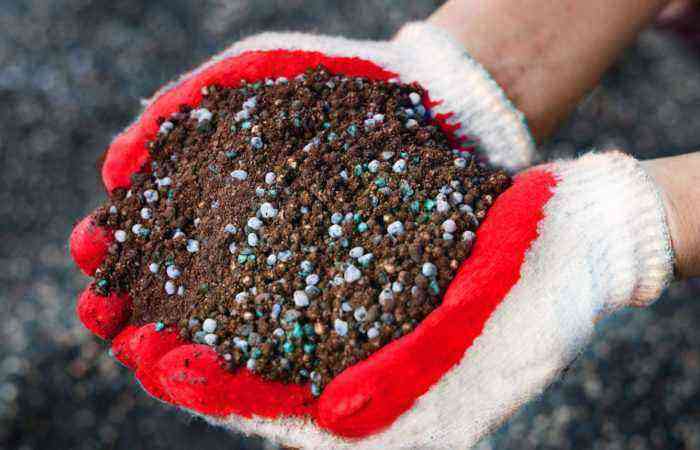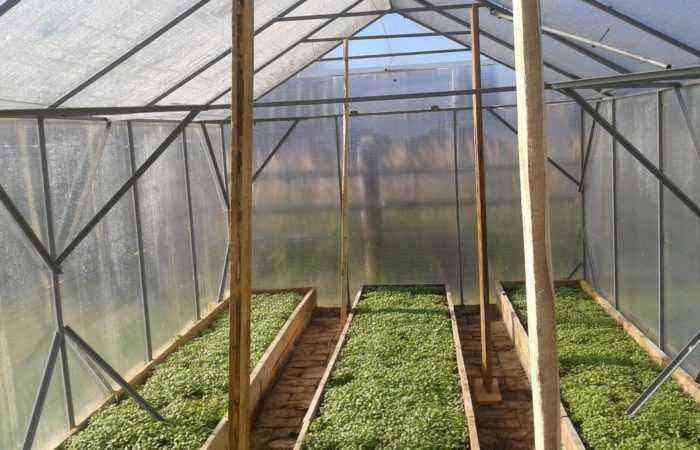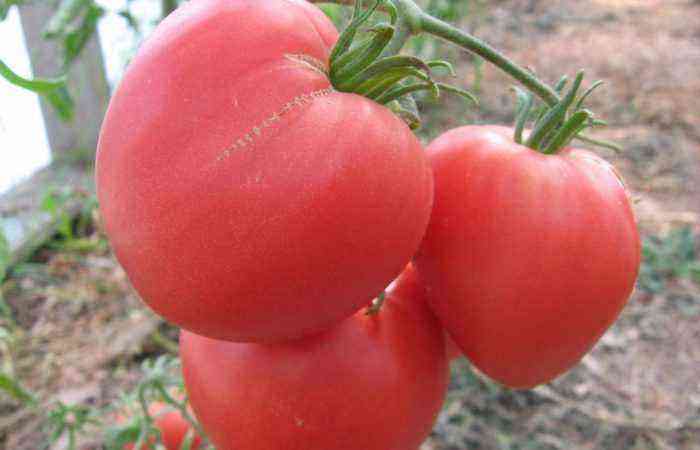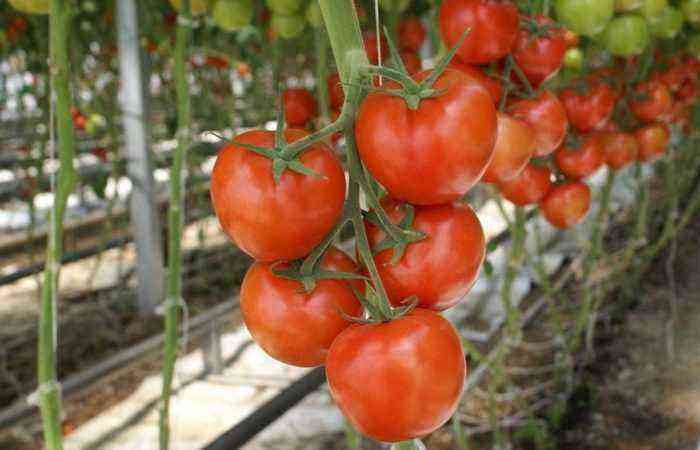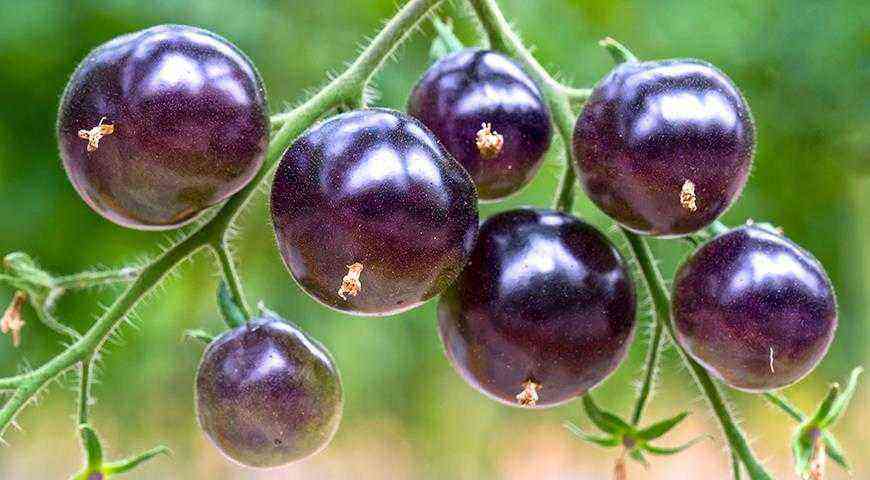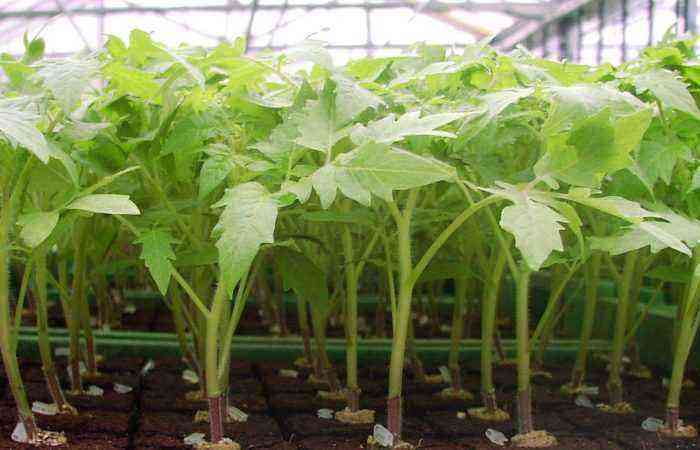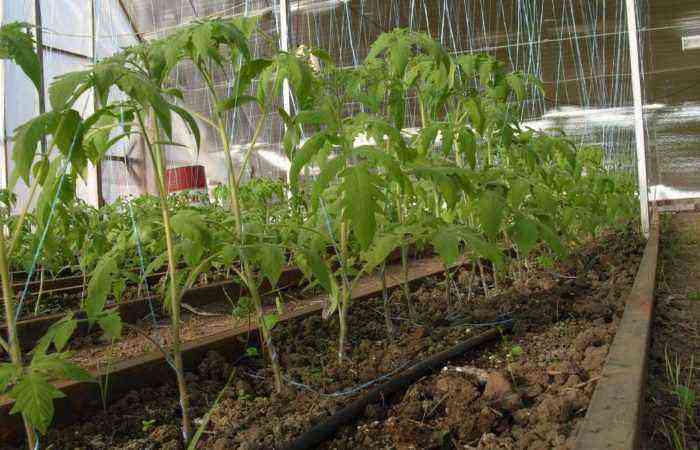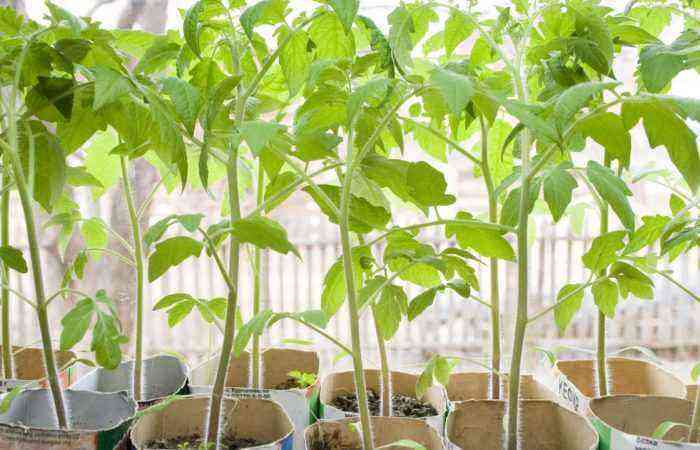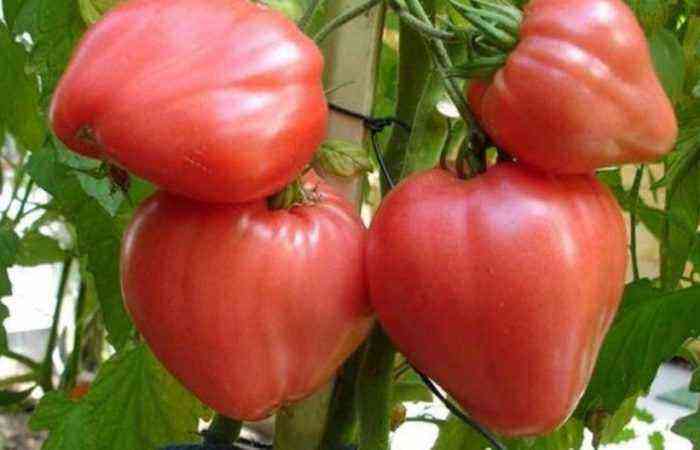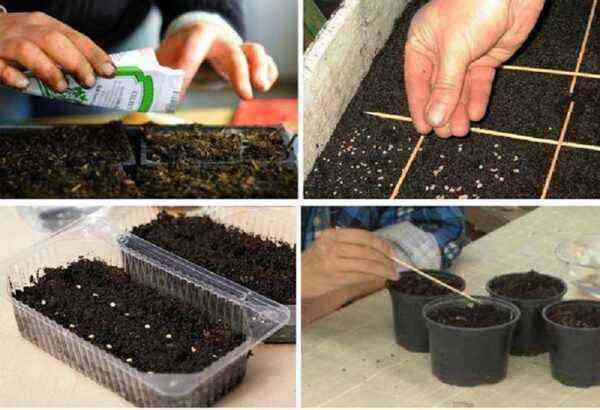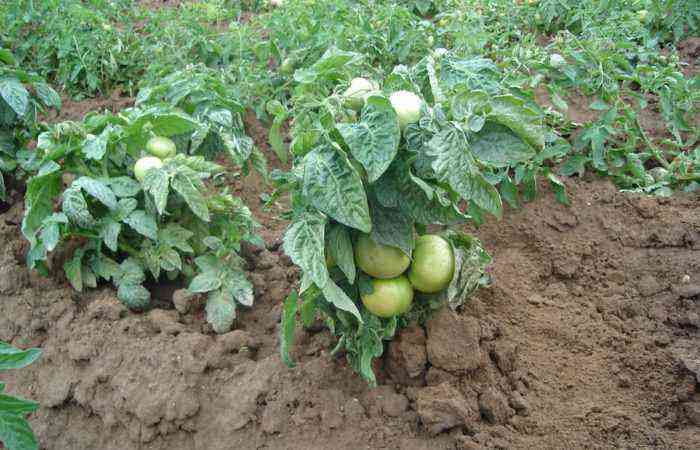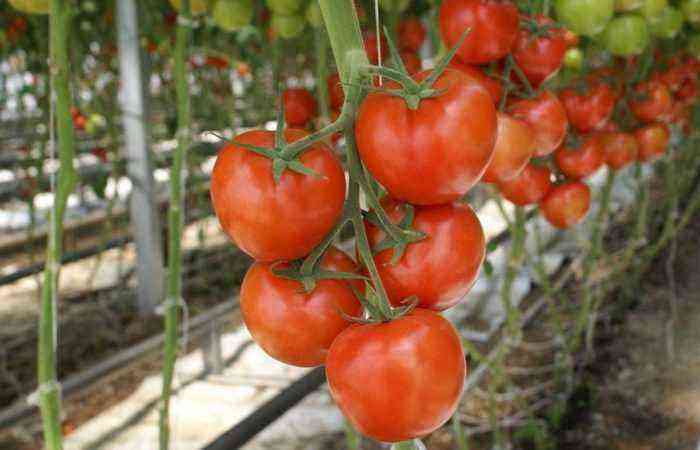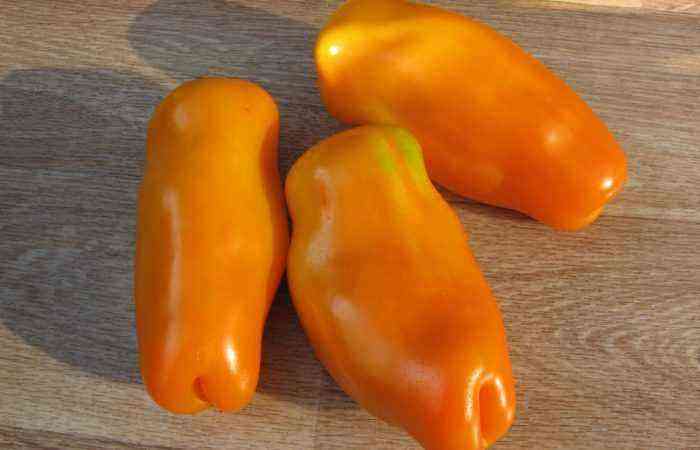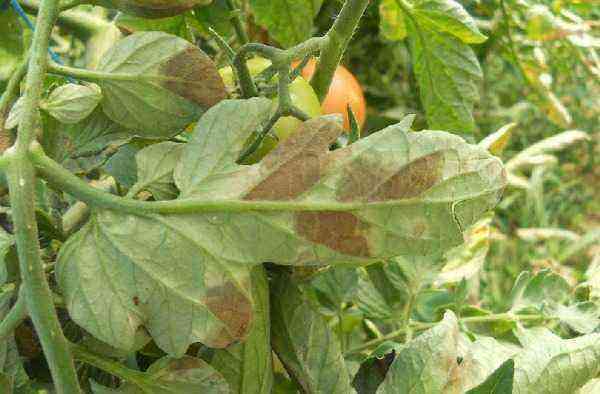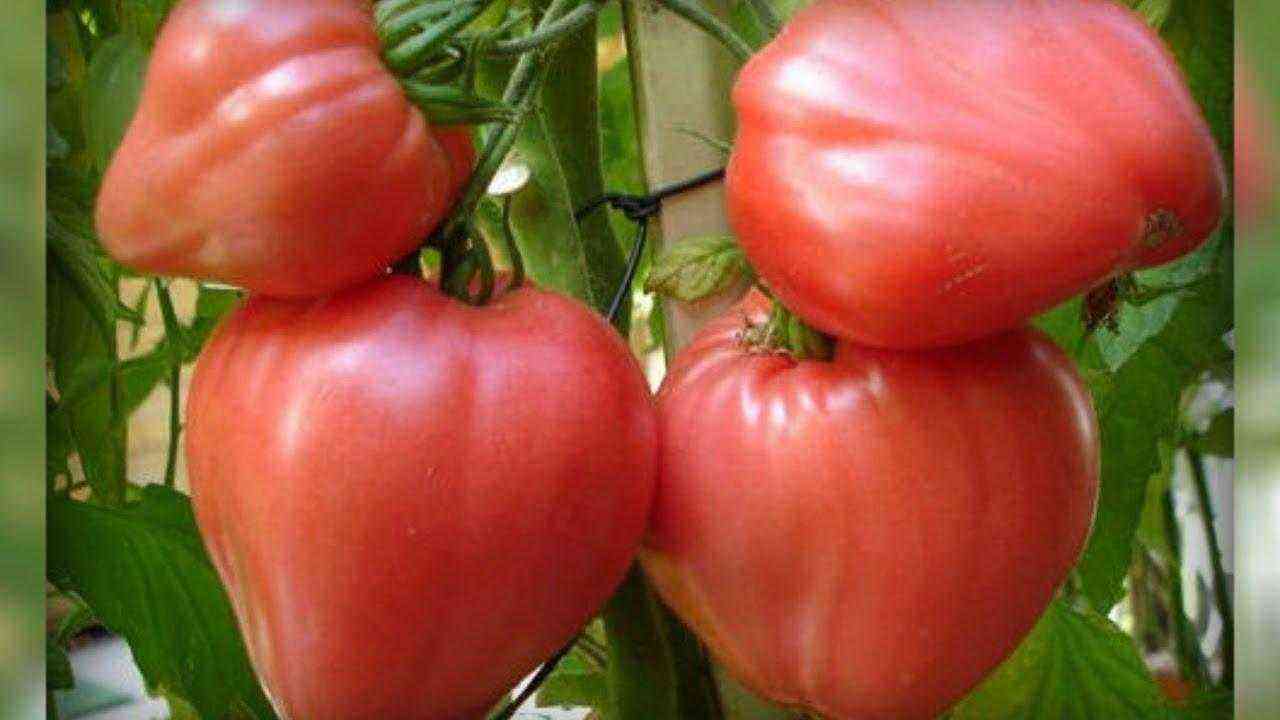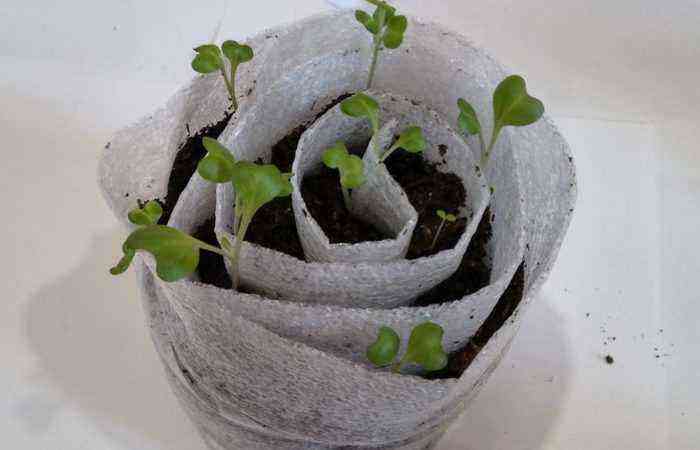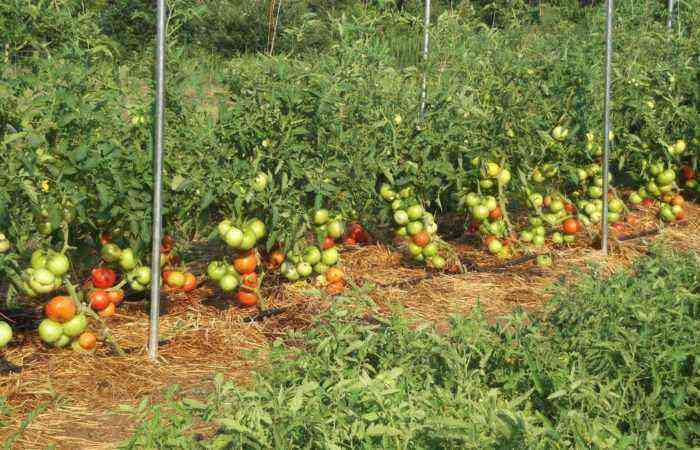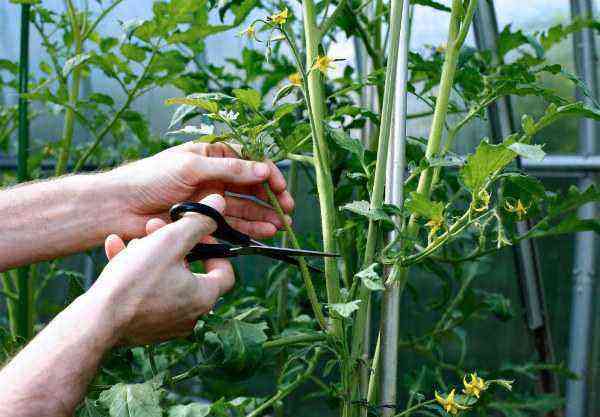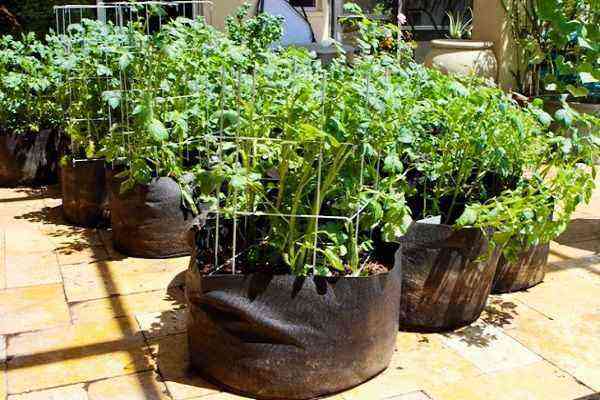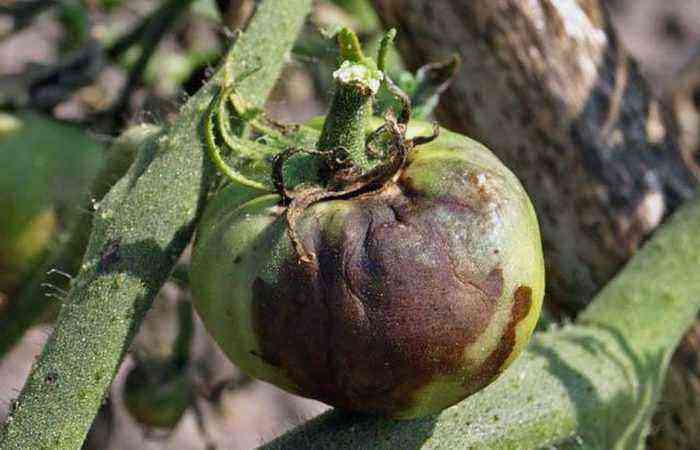From the moment the seedlings are planted in a permanent place, the tomato bed needs daily attention. Watering, fertilizing, processing with various preparations are not the most difficult activities in the garden. Most of the time and effort from gardeners is taken away by endless weeding and loosening of the soil. There is a proven method to reduce these labor-intensive operations and even to minimize them altogether – mulching.
Mulch – what is it?
To cover the surface layer of soil from the effects of wind and sun, a protective layer is laid on the beds – mulch. In the wild, these are fallen leaves, dry grass and other plant debris. In winter, they protect the surface layer of soil from freezing, in spring and summer they retain moisture and protect the soil from overheating. Under a layer of mulch, soil microorganisms feel comfortable, which process organic matter and supply plant roots with nutrition.
Types
For soil mulching, you can use a wide variety of materials, both natural and artificial.
Inorganic materials Polymer film, non-woven synthetic materials, expanded clay, gravel, roofing material, etc. Organic mulch Sawdust, needle litter, humus, compost, nut shells, wood chips, chopped branches, hay, straw, grass clippings, dry leaves, etc. .materials.
When and how to mulch
You should not rush to cover the tomato beds with a mulch layer. Mulch laid too early will retain moisture, but the soil will not have time to warm up before planting the tomatoes in a permanent place. The root system of tomatoes will develop poorly in unheated soil, and the plants themselves will lag behind in development due to malnutrition.
The optimal time is to cover the garden bed with a protective layer at the end of May-June, when the seedlings take root and grow.
All 7 Soil Benefits of Mulching
The bed mulching method solves many garden problems associated with labor-intensive operations in the garden and improves soil fertility in a natural way:
- The protective layer protects the topsoil from the effects of temperature extremes, precipitation, winds and the scorching sun.
- Soil microorganisms and earthworms breed under shelter in comfortable conditions. Mulching organic matter fades over time, and the inhabitants of the upper layers of the garden process it into biohumus. As a result – the accumulation of a fertile layer.
- Without access to light, weed seeds under the mulch layer do not sprout.
- Shelter beds allow you to reduce watering to a minimum and forget about loosening. Mulch not only prevents evaporation of moisture – it does not allow the formation of a soil crust. The savings in time and effort are obvious.
- Proper use of mulching materials allows you to bring the level of soil acidity to the optimum – if necessary, increase or decrease the pH to normal.
- Very important for tomatoes: mulch protects plants from soil particles during rain or watering. For this reason, mulched tomato beds rarely suffer from fungal diseases.
- Needles, expanded clay, gravel and other types of mulching materials give the beds and paths a neat look. The passages between the beds do not sag in inclement weather and do not overgrow with weeds.
Such a long list of benefits would be incomplete without mentioning the negatives:
- non-woven materials are good for everyone, their main drawback is the cost;
- synthetic materials should be used with care, some of them decompose into components hazardous to health.
The use of only natural mulching materials for growing domestic vegetables allows you to get environmentally friendly products with minimal time and effort.
How and how to mulch tomatoes
Most often, materials of plant origin are used for mulching tomato beds.
Grass and weeds
Mowed grass, weeds are excellent material for mulching tomato beds. As a mulch, it can only be used until seeding, so as not to introduce additional weeds. They are laid on the garden bed in dried form: grass or weeds should dry out in the sun for 1-2 days.
Fresh greens laid between tomato bushes will begin to rot and will only create new problems. To prevent this from happening, it should be periodically stirred.
The advantages of such a mulch: when decomposed, the green mass enriches the soil with nitrogen. Particular attention should be paid to legumes and nettles – such a mulch combines the maximum content of nitrogen and essential trace elements.
hay and straw
Straw rots slowly. This property contributes to a healthy microclimate of tomato beds. Chopped straw mulch is an excellent prevention of fungal diseases: soil particles do not fall on tomato leaves during rain or watering.
Straw should not be abused – mice can settle in a thick layer of mulch.
Hay quickly cakes and rots – mulching properties are combined with nitrogen fertilization of the beds. Grass cut for hay may contain mature seeds. Such mulch itself can become a source of weeds.
Needles
Needles with a layer of 4-5 cm will reliably retain moisture and stop the growth of weeds. The main advantage of such a mulch is that phytoncides of needles suppress the development of fungal diseases and rot in a tomato garden. This method of mulching increases the acidity of the soil. To maintain the acid-base balance, additional lime or wood ash is required.
Sawdust
Small wood waste (including wood chips, chopped branches, shavings) during decomposition themselves absorb nitrogen from the garden. To prevent this from happening, it is recommended to give a little nitrogen fertilizer under the mulch layer (20 g / sq. M of urea, this is 1 tablespoon). Fertilizers will gradually dissolve – nourish the bed and participate in the decomposition of sawdust. Without additional processing, you can use old half-rotten sawdust.
Compost
Rotted manure, compost, last year’s rotten foliage are the best materials for mulching tomato beds. A loose layer of organic matter not only protects the root system of tomatoes, but also serves as an excellent top dressing in the garden.
It is not recommended to abuse such mulch, especially in fertile areas. with excess nitrogen nutrition, plants “fatten” – the green mass grows to the detriment of fruit formation.
Paper, newspaper and cardboard
Thick paper and cardboard are excellent at suppressing weed growth and retaining moisture in the soil layer. The material is ideal for melon crops. It is not very convenient to lay out cardboard on a tomato bed, you have to cut it or tear it. Pieces of paper to protect from the wind are recommended to sprinkle with sawdust or wood chips.
For mulching, it is not recommended to use newspapers and glossy paper with color printing. Printing inks contain all the elements of the periodic table and, getting into the soil, form dangerous compounds.
Polyethylene black film
For synthetic materials for mulching beds, water resistance is both an advantage and a disadvantage. Black plastic sheeting keeps weeds out and retains moisture.
On the other hand, it does not allow rainwater to reach the roots. As a result, it turns out that when it rains, the tomatoes lack water.
The black film in clear weather is strongly overheated by the sun’s rays, which can lead to the death of the root system.
Optimal use of film as mulch.
- A drip irrigation system is carried out under the film.
- From overheating by the sun, the film is covered with a layer of organic matter – straw or mowed grass.
Nonwovens
Black non-woven materials (lutrasil, spunbond, agrofibre, etc.) are used on tomato beds in the same way as black PE film. The main difference between these two polymer products is the water and breathability of the nonwoven synthetic materials. The edges of the agrofiber cloth are fixed along the edges of the beds with boards or sprinkled with earth. The material is durable and reusable. The main drawback is its price.
In the garden, mulching is justified not only in the beds. Expanded clay, granotsev, gravel have proven themselves well for mulching passages. The layer must also be moisture and breathable so that the paths do not become limp in the rain and do not crack from the scorching sun.
Open and closed ground – features of mulching
Approaches to mulching tomatoes in open and protected ground are somewhat different.
For closed ground in a greenhouse
The eternal problem of closed ground is the ventilation of the room and the stagnation of damp air. The black film significantly reduces air humidity, as it prevents the evaporation of water from the soil.
It turns out that the black film not only saves water, but also prevents fungal diseases. Before laying the film, the bed should be fed with complex fertilizers or sprinkled with compost. It is advisable to organize drip irrigation – greenhouse conditions are more suitable for this than open ground.
Mulching a sheltered bed has a dual function. Greenhouse vegetables are cultivated using intensive technology. The growing season of tomatoes growing in a greenhouse is almost 2 times longer than ground ones. It is not surprising that they need 2 times more nutrition for full fruiting. Therefore, for greenhouse conditions, mulching material must be chosen:
- which either itself quickly decomposes into nutritional components;
- which allows for artificial feeding in the most convenient way.
Compost, mature humus are the best options for greenhouse tomato culture. It is advisable to pour a layer of at least 5 cm. In the absence of organics, almost any opaque material is used.
In the video, the author tells how he mulches tomato bushes when it is necessary to cut the leaves.
Features of mulching ground tomatoes
In an open-air tomato garden, growth conditions are far from greenhouse ones.
They are more susceptible to wind erosion: a combination of water, wind and sunlight turns the topsoil into rocky. Even the lack of water is not perceived by plants as painfully as the appearance of a dense crust that disrupts the processes of air exchange.
The mulching material must meet these conditions. The same black polyethylene can only be used in combination with a heat-insulating layer of straw or sawdust.
Preference should be given to organic materials – compost, leaves, chopped straw, etc.
The second most important criterion is opacity. The layer of mulch should be at least 5 cm, then the weeds will not be able to break through to the light.
How not to mulch a bed of tomatoes
Not always mulching the beds brings only benefits. There are restrictions on the use of synthetic materials:
- roofing material can only be laid with a “crumb” (powder) up, so that the bituminous impregnation gets into the ground less;
- the use of plastic film creates a pronounced greenhouse effect, which can lead to the death of the root system of tomatoes;
- under materials with poor breathability (film, cardboard, etc.), slugs and insect colonies find shelter;
- paper and cardboard for mulching should only be used without prints and printing ink, which contains carcinogens.
Mulching a bed of tomatoes is a creative process. The list of materials can be supplemented endlessly. Surely, near the garden there is a hidden reserve of fertile mulch. The correct approach to sheltering the upper fertile layer of the beds will allow you to grow a rich harvest without any extra effort.
